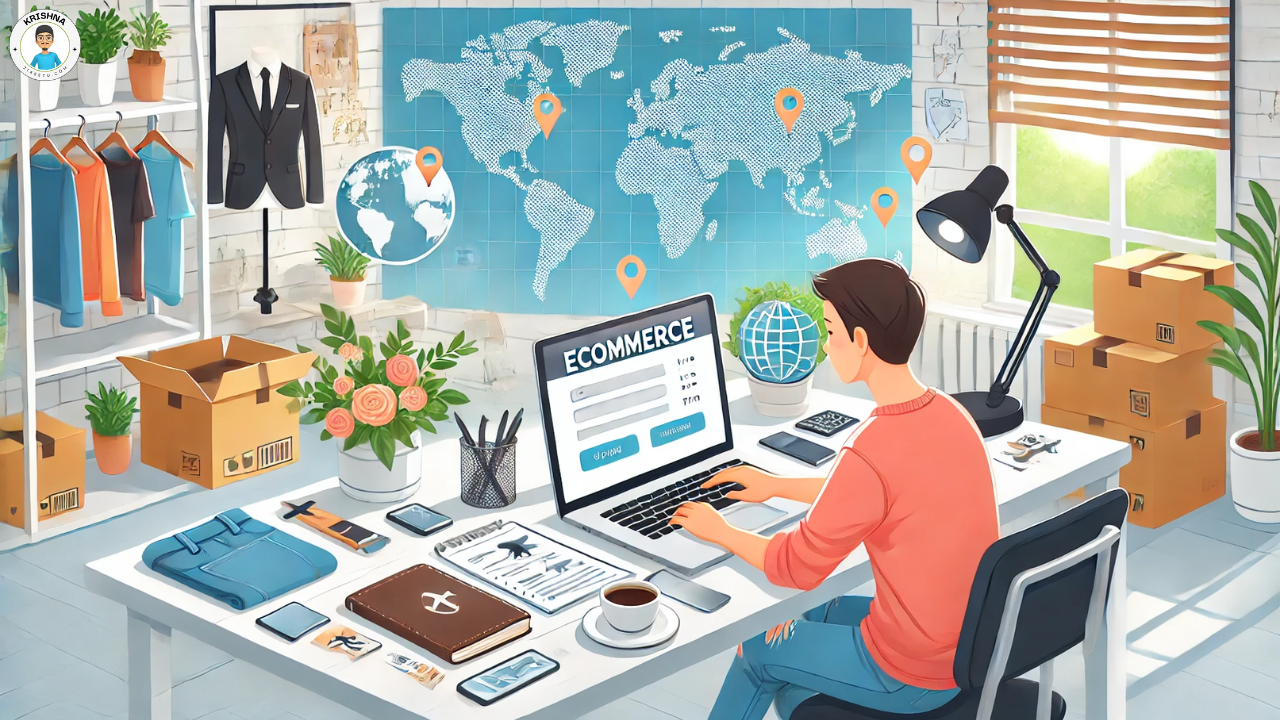
Ever thought about starting your own ecommerce website? Well, there’s no time like the present. Let’s dive into why now is the perfect time to jump into the world of online selling and how you can get started.
The Rise of Online Shopping
First off, online shopping has skyrocketed. With more people turning to the internet for their shopping needs, ecommerce is booming. Consumers love the convenience of shopping from home, and this trend is only growing.
Example:
During the holiday season, instead of battling crowds in physical stores, shoppers are opting for the ease of online purchases. This shift means more potential customers for your ecommerce business.
The Entrepreneur’s Guide to Launching Your First Ecommerce Website
Lower Barriers to Entry
Starting an ecommerce business has never been easier. There are plenty of user-friendly platforms like Shopify, WooCommerce, and BigCommerce that simplify the process of setting up an online store. You don’t need to be a tech wizard to get started!
Example:
With platforms like Shopify, you can choose a template, customize it to fit your brand, and start listing products in just a few hours. It’s that simple!
Flexible Work Environment
Running an ecommerce website offers incredible flexibility. You can work from anywhere, set your own hours, and scale your business at your own pace. This is perfect for anyone looking to escape the 9-to-5 grind.
Example:
Imagine running a successful online boutique from the comfort of your home or while traveling the world. Ecommerce gives you the freedom to live and work on your own terms.
Diverse Marketing Opportunities
The digital landscape offers endless marketing opportunities. From social media marketing to email campaigns and SEO, you have numerous ways to reach and engage with your audience.
Example:
Use Instagram to showcase your products with beautiful photos, run Facebook ads to reach a wider audience, and optimize your website for search engines to attract organic traffic.
Increasing Consumer Trust
Consumers are becoming more comfortable with online shopping. Advances in payment security and customer service have built trust, making people more likely to shop online.
Example:
Secure payment gateways like PayPal and Stripe reassure customers that their transactions are safe, encouraging them to complete their purchases on your site.
Access to Global Market
An ecommerce website allows you to reach a global audience. You’re not limited to local customers; you can sell your products to anyone, anywhere in the world.
Example:
If you sell unique handmade jewelry, your customers could be from New York, Tokyo, or anywhere in between. The global reach of ecommerce expands your potential market exponentially.
Scalability
Ecommerce businesses can scale more easily than traditional retail stores. You can start small and grow your business without the constraints of physical space.
Example:
Begin with a limited product range, and as your business grows, expand your inventory and invest in marketing to reach more customers.
Data-Driven Decisions
With ecommerce, you have access to valuable data and insights. You can track customer behavior, sales trends, and marketing effectiveness, helping you make informed decisions.
Example:
Use tools like Google Analytics to see which products are most popular, where your traffic is coming from, and how customers are interacting with your site. This data helps you refine your strategies for better results.
How to Get Started
Ready to start your ecommerce journey? Here’s a quick guide:
- Choose Your Niche: Decide what products you want to sell. Pick something you’re passionate about and that has market demand.
- Example: If you love fitness, consider selling workout gear, health supplements, or fitness apparel.
- Select an Ecommerce Platform: Choose a user-friendly platform like Shopify, WooCommerce, or BigCommerce.
- Example: Shopify offers easy setup and a range of customizable templates.
- Design Your Store: Create a visually appealing and user-friendly website. Ensure it’s mobile-friendly.
- Example: Use high-quality images, clear product descriptions, and simple navigation.
- Set Up Payment and Shipping: Enable secure payment options and decide on your shipping strategies.
- Example: Integrate payment gateways like PayPal and offer multiple shipping options.
- Market Your Store: Use social media, email marketing, and SEO to attract and engage customers.
- Example: Run Instagram ads showcasing your products to reach a wider audience.
Wrapping Up
There’s never been a better time to start your own ecommerce website. With the rise of online shopping, lower barriers to entry, and endless marketing opportunities, the potential for success is huge. So why wait? Dive into the world of ecommerce today and start building your online empire.

